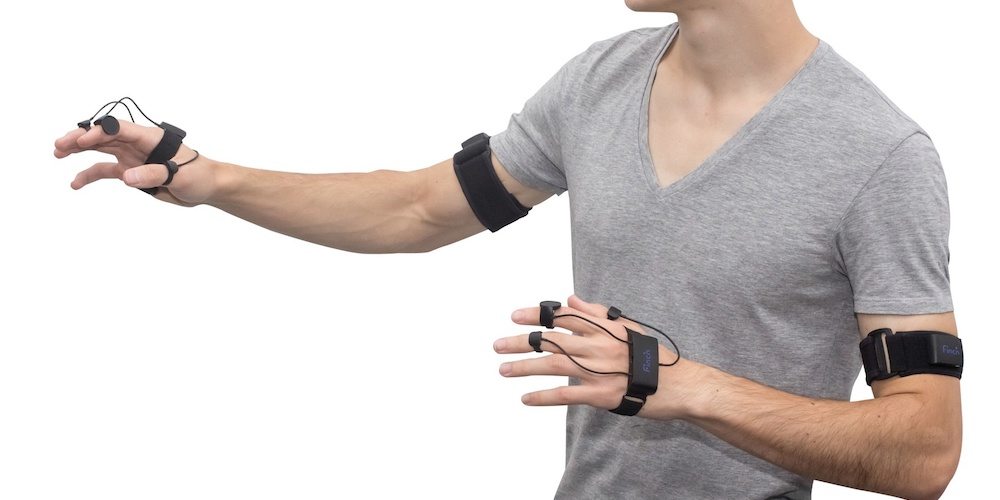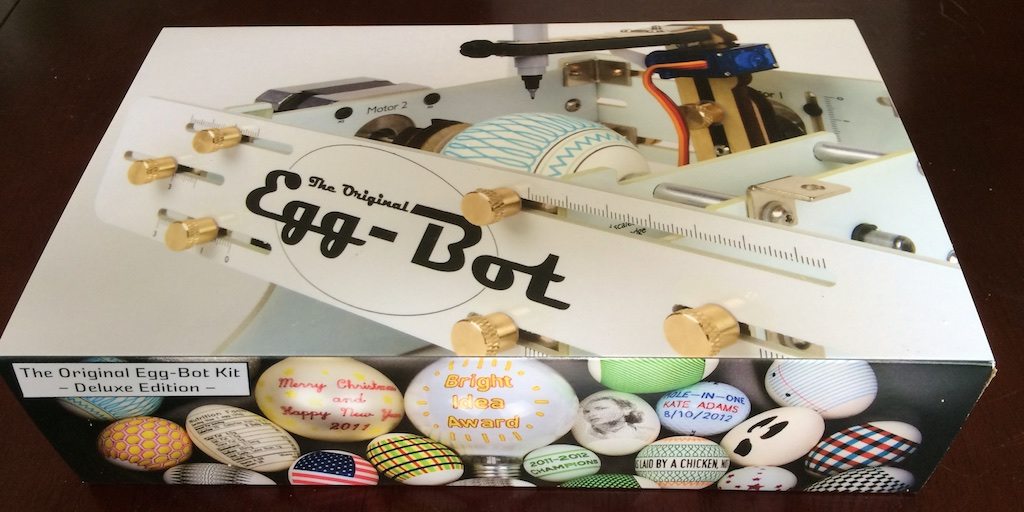As a technical writer, I often find myself being introduced to inventors and tinkerers via friends and colleagues. Sometimes these hands-on folks are looking for help with documenting a design or process, and I try my best to offer up advice or sometimes assistance. I’m very comfortable creating instructions or verifying step-by-steps, and I enjoy helping out where I can — not only do I often learn a new skill or at least get a little hands-on experience with a new tool, but I also often get to see first-hand the design process of many different individuals — they all have unique ways to document, improve, measure, and test their ideas and products.
Inevitably, I often get asked about patent law. And this is an area where, unfortunately, I’m just not up to speed. I’ve never submitted a patent application but I have been asked a few times to assist with the process. In those cases, my advice has always been to consult a patent attorney or at least someone who has a specialty with patent application writing. The few folks who I have encountered over the years that specialize in patent application writing are uniquely qualified and have a deep understanding of the process that I simply do not have time to develop.
But I have to admit — I sure wish I had a better understanding of the process. I tinker myself, and there may come a day when I might choose to apply for a patent. And when that time comes, I’ll be reaching and re-reading my copy of The Eureka Method: How to Think Like an Inventor, written by John Hershey, a holder of 144 U.S. patents across a board range of subjects.
As a geek, the odds are good that you know someone — a friend or family member or co-worker — who makes stuff and has something unique that they want to share and possibly sell to the public. You may even have something under wraps in your garage or workshop that you’re quite proud of and the time to share it with the world is fast approaching. Whatever the case, this is a book that deserves a slow and careful reading.
This isn’t a book for light reading. It’s got some complex information in it, mainly through the inclusion of actual products that have been designed or improved and have been in need of proper documentation for the patent process. It’s 230 pages of personal advice from the author as well as careful explanations of the various requirements that a patent submission will require.
Honestly, at least half the book was way over my head. I’m not an inventor, so much of the technical discussion was beyond my skill level to understand as the author uses real-world technologies and improvements to show how a patent applicant must carefully examine his/her own idea and make certain that it’s actually patent-worthy. And if it is patent-worthy, the remaining half of the book tackles the language, the style, the rules, and the expectations that must be fulfilled in the patent application if a successful patent is awarded.
As a tech writer, the real value of this book for me came with the appendices — Appendix A is a detailed and easy-to-follow explanation of the patent itself. There are discussions of how it has been impacted by laws (both local/US-based and international) as well a section-by-section walkthrough of an entire patent application using an actual product that was patented. The sections on proper language descriptions and claims made will obviously be helpful to me if someone were to ask me specific questions about defining an idea or product properly, and I now have a better understanding of the difference between a utility patent and a design patent. The actual wording from real patents was invaluable to me as I saw just how specific a patent applicant must be — an eye opener, for sure — and I’m really starting to get a better grasp on why there are so many disputes (and out-and-out infringement suits) when it comes to patent law.
Appendix B contains the actual patent application for the product discussed in Appendix A, a sealed crustless sandwich. I kid you not — the technical discussion and diagrams for a sealed sandwich is surprisingly interesting reading. It’s less than eight pages in all, but having it there as a reference as I read the earlier chapters in the book was nice. Appendix C is a nice essay on what it means to be an inventor and what inventorship really means in terms of what it means in the patent application. Given how many folks are often coming up with ideas while on the clock (working for an employer) and how many folks are co-creators (hackerspaces come to mind), there are just so many considerations to take into account before you put down a single word on a patent application.
Again, The Eureka Method isn’t a book that you can read in one sitting. It’s thick with technical discussions and a lot of gotta-think-about-that moments. But if you or someone you know really needs a solid education on patents and the application process, this is a great resource. Using a large number of real-world technologies and products that are referenced when discussing aspects of the application process makes the book interesting, much more useful and relevant, and completely useful to a technical writer like myself, someone who isn’t actually trying to file for a patent. I can only guess how valuable it will be to someone who is actually preparing for the application process or bogged down in it.



